Sunday, January 1, 2017. Happy New Year!!! Happy Japanese New Year! Happy American New Year! Happy Global New Year! In Japanese they say, “”Akemashite omedetou” which is a casual greeting, or “Akemashite omedetou gozaimasu” for a formal greeting to elders or people of a senior stature. My cousin says she likes to say, “Yoi otoshi o!” which she says means, “Enjoy the year-end season!”
There are a lot of New Year’s Eve and New Year’s Day traditions in Japan. I researched a lot of them. First off, New Year’s is called shogatsu (or more formally, oshogatsu). It is the most important holiday in Japan. It actually lasts from January 1 to 3. Most businesses shut down for this period and families enjoy spending time together.
On New Year’s Eve a lot of people eat soba noodles because they symbolize longevity. In my search for things to do on New Year’s Eve I came across a music show called “kohaku uta gassen” a lot. This is a very popular television special shown only on New Year’s Eve where Japan’s most popular music acts of the year compete against each other. The show ends just before midnight. I guess it’s like Dick Clark’s Rockin’ New Year’s Eve, which everyone watches on TV in America to see the ball drop. I also read about bonenkai parties, which literally means, “forget the year gathering.” It’s a drinking party whose purpose is to forget the troubles of the past year and look forward to the new year ahead, with the help of large amounts of alcohol. Sounds fun!
The thing I wanted to do, but the family wasn’t up for it, is called Joya no Kane. The word joya means “New Year’s Eve Night” and kane means “bell.” So this can be literally translated to New Year’s Eve Night’s bell. This refers to the Buddhist temple bell that is rung 108 times at New Year’s Eve. Actually, the bell is rung 107 times leading up to midnight and then the last 108th time right as the New Year begins.
From the Japanese Travel Magazine Matcha:
— The number is (said) to be representative of the worldly desires (from Buddhism) that a person experiences throughout the course of their entire life. There are said to be a total of 108 of these worldly desires. To rid people of worldly desires built up throughout the course of the year, the bell is rung 107 times just before midnight, with a final ring on the bell just as New Year’s Day arrives. The final strike carries with it the meaning of not worrying about last year’s problems.
Other traditions include making and eating mochi (my extended families in California do this and we really missed it this year), making a special soup called ozoni with the mochi, and sending postcards called nengajo. Sending New Year’s postcards is a lot like sending Christmas cards in America. Interestingly, if you take your postcards to the post office by a certain date in December and mark them as nengajo on the outside, the post office guarantees a New Year’s Day delivery. I imagine this must be the post office’s busiest day!
Finally, the tradition that I wanted to participate in AND that I could get my family to go along, is called Hatsumode. This event is the first visit to a shine in the New Year and this is what a large number of Japanese people do for New Year’s. We went to Sumiyoshi-taisha Shrine in Osaka because I had read that this is one of the biggest gatherings for hatsumode in the country. Probably behind Tokyo and Kyoto. According to the Osaka tourism website, over 2 million visitors come to Sumiyoshi-taisha over the first few days of the new year.
This is our first look after following the crowd out of the train station. It’s a long line from the train station side of the street just to cross over to the temple side! At some point further on everyone is herded across the train tracks to the other side of the street where the line continues.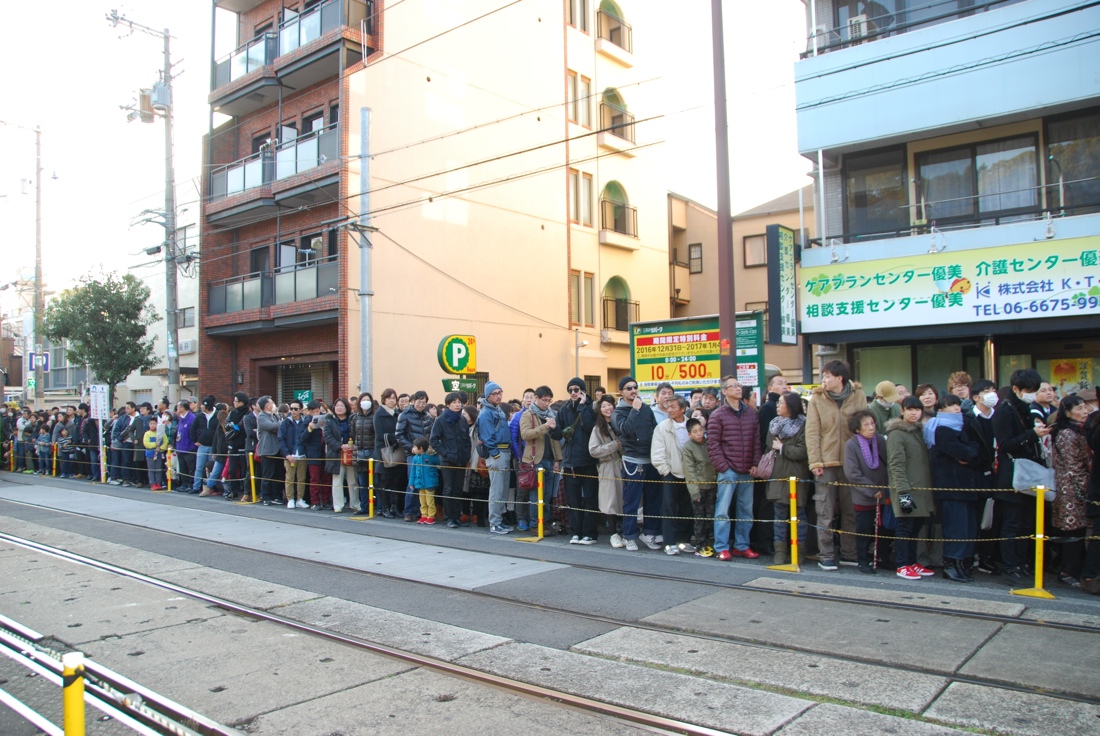
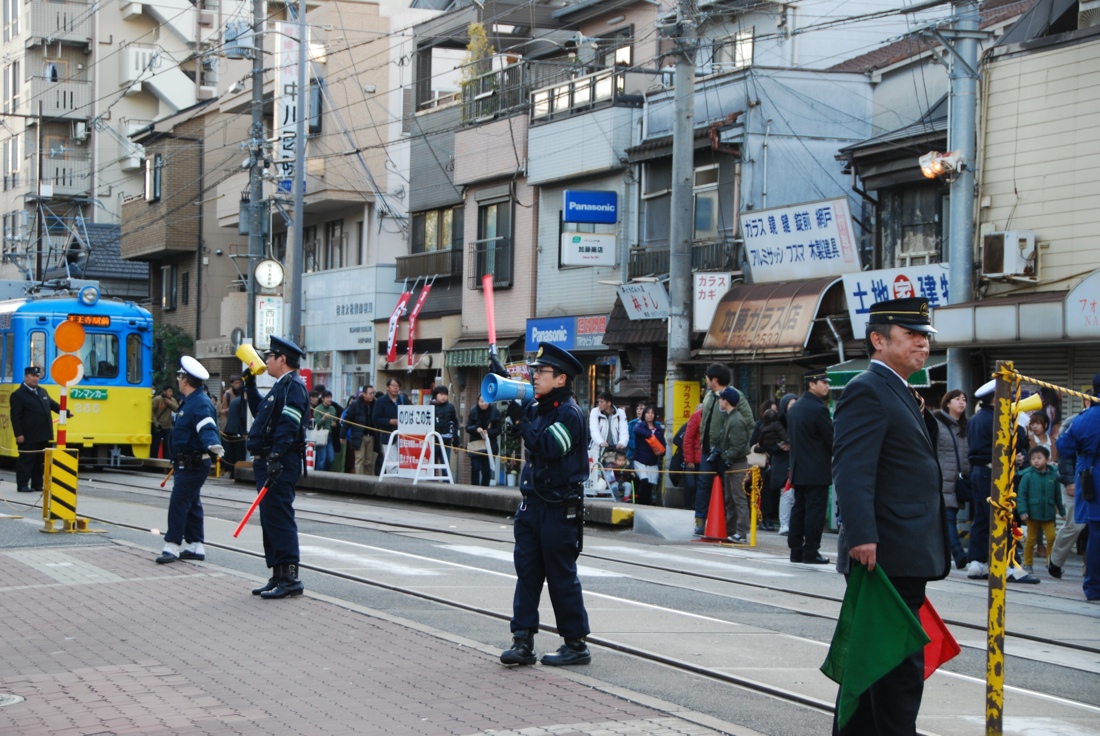 On our way to the temple (and in the area behind the temple as well) there were food booths set up on both sides of the walkway. Every type of festival food that you can imagine. I had read that hatsumode isn’t a festival atmosphere despite the booths but at Sumiyoshi-taisha this was not the case. It was very much a celebratory festival environment. There were even game booths for the kids just like at a summer festival.
On our way to the temple (and in the area behind the temple as well) there were food booths set up on both sides of the walkway. Every type of festival food that you can imagine. I had read that hatsumode isn’t a festival atmosphere despite the booths but at Sumiyoshi-taisha this was not the case. It was very much a celebratory festival environment. There were even game booths for the kids just like at a summer festival.
Here Kaiyo and Avalon are waiting to buy food. This is bacon wrapped rice on a stick! They wanted theirs with melted cheese so they had to wait a long time!
 They both said it was delicious!
They both said it was delicious!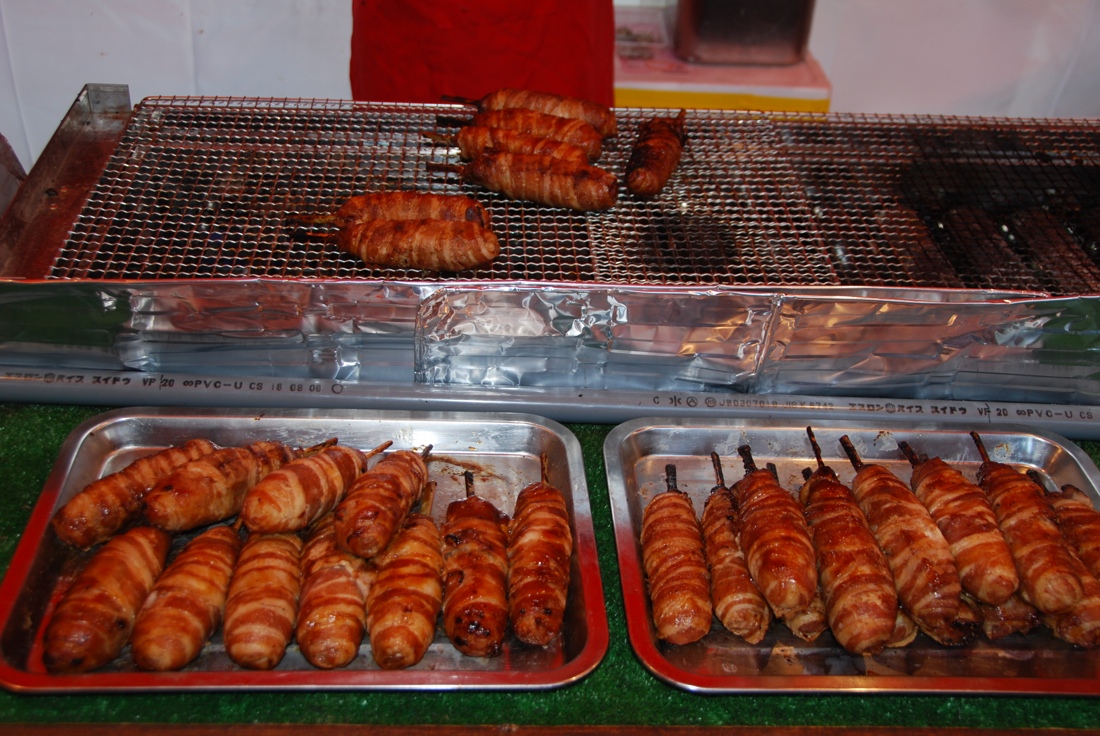
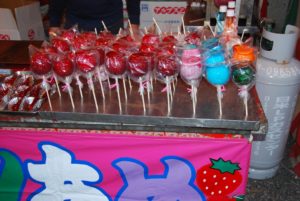 On our way to the temple we also saw cotton candy in the shape of cartoon characters, grilled squid (ikayaki), fried chicken (karage), takoyaki (octopus balls), dorayaki and taiyaki (pancake-like treats with filling), yakisoba noodles, teriyaki, chocolate covered bananas, squid in an omelette, yakitori, grilled shells of some kind (snails or conch?), okonomiyaki, and more. Here are fancy candied apples that Avalon liked.
On our way to the temple we also saw cotton candy in the shape of cartoon characters, grilled squid (ikayaki), fried chicken (karage), takoyaki (octopus balls), dorayaki and taiyaki (pancake-like treats with filling), yakisoba noodles, teriyaki, chocolate covered bananas, squid in an omelette, yakitori, grilled shells of some kind (snails or conch?), okonomiyaki, and more. Here are fancy candied apples that Avalon liked.
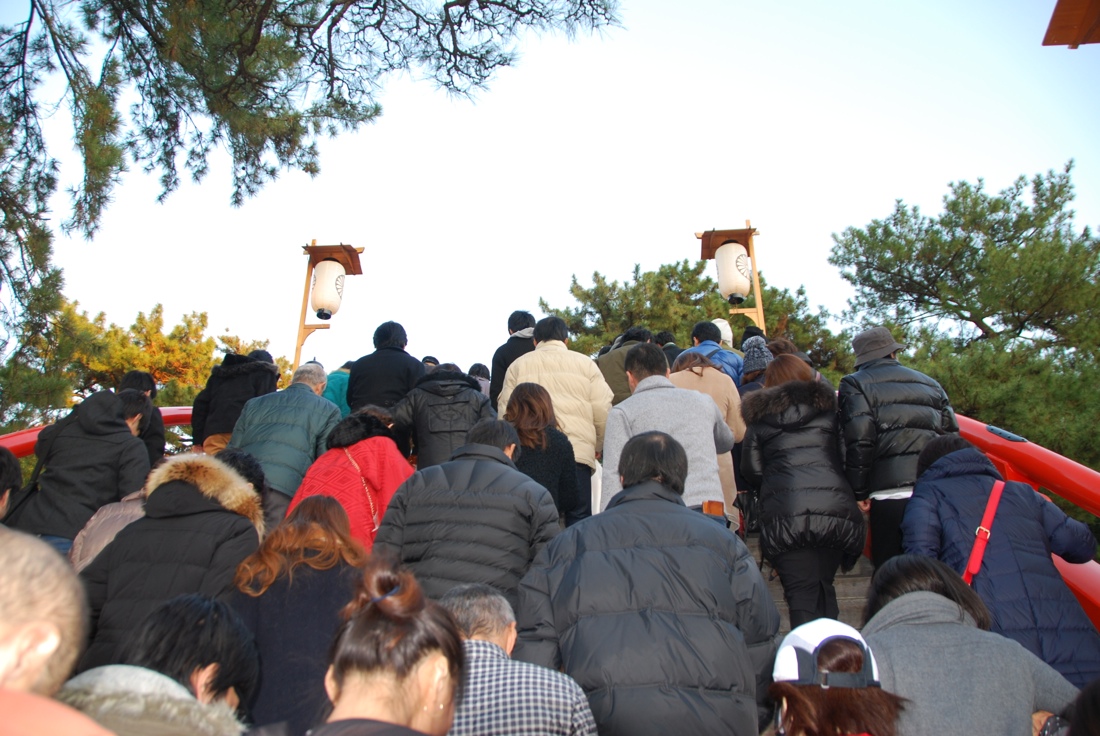
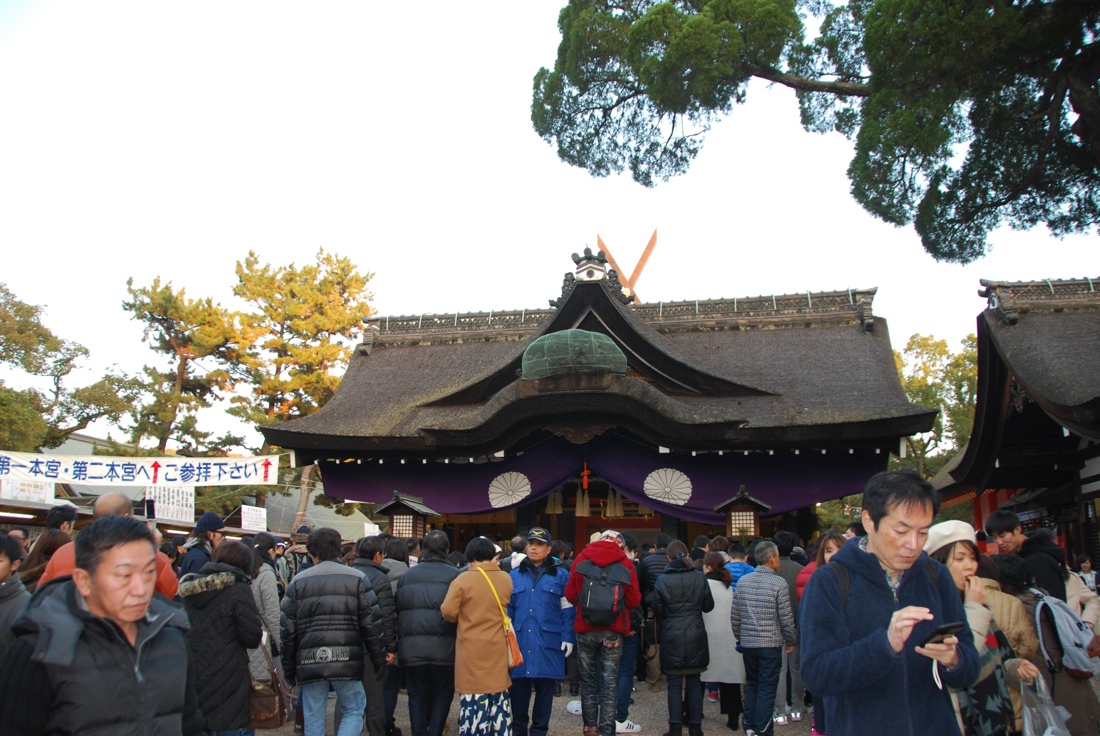 We finally made it to the temple grounds. At one point there was just a huge crush of people. You just have to go with the flow. The kids are old enough now that I’m not afraid we’re going to permanently lose any of them in the sea of people, but it was hard to keep track of Avalon. She wants to wind her way around people and get ahead. The problem is we can’t see her anymore. Kaiyo already knows the getting lost drill so I don’t worry about him as much as I used to.
We finally made it to the temple grounds. At one point there was just a huge crush of people. You just have to go with the flow. The kids are old enough now that I’m not afraid we’re going to permanently lose any of them in the sea of people, but it was hard to keep track of Avalon. She wants to wind her way around people and get ahead. The problem is we can’t see her anymore. Kaiyo already knows the getting lost drill so I don’t worry about him as much as I used to.
Kaiyo and Avalon had a lot of fun playing games. They were both winners!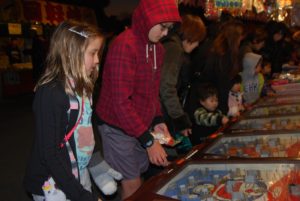
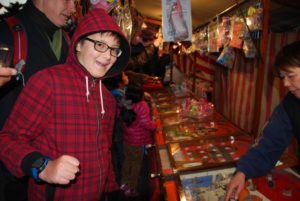
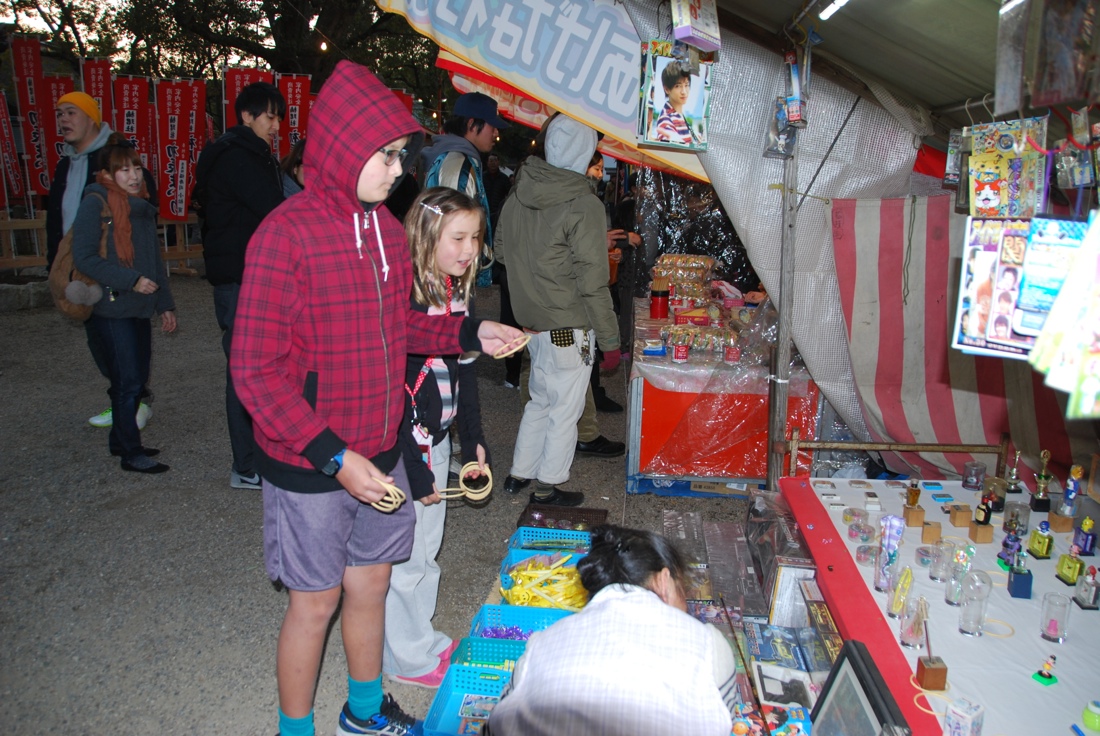
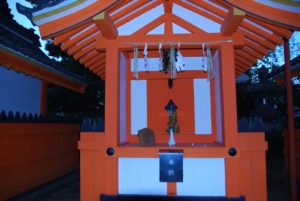
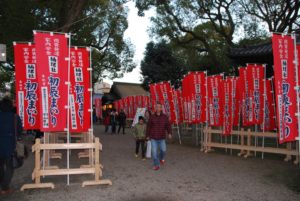
It was dark by the time we left. There was a lot to look at. Halyard wanted to sample every food he saw and Kaiyo and Avalon wanted to play every game. At one point we sat down so Avalon could eat her noodles and John had a beer. So it took all afternoon. Everyone agreed it was a great New Year’s Day. Hooray!
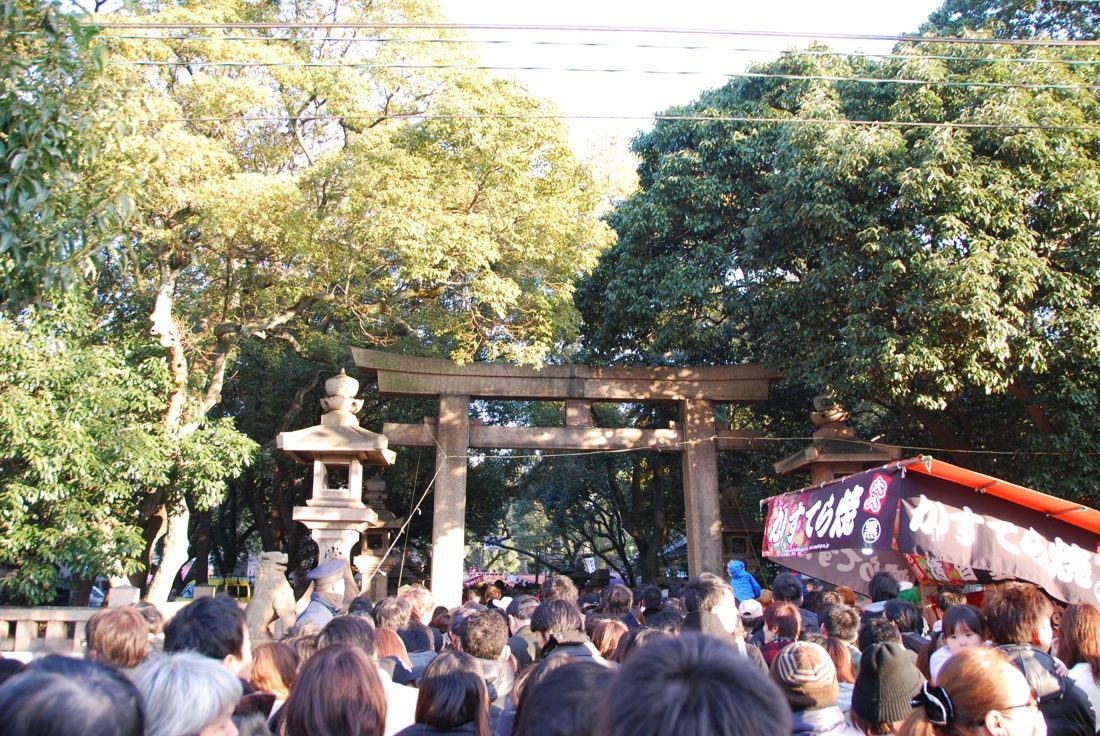
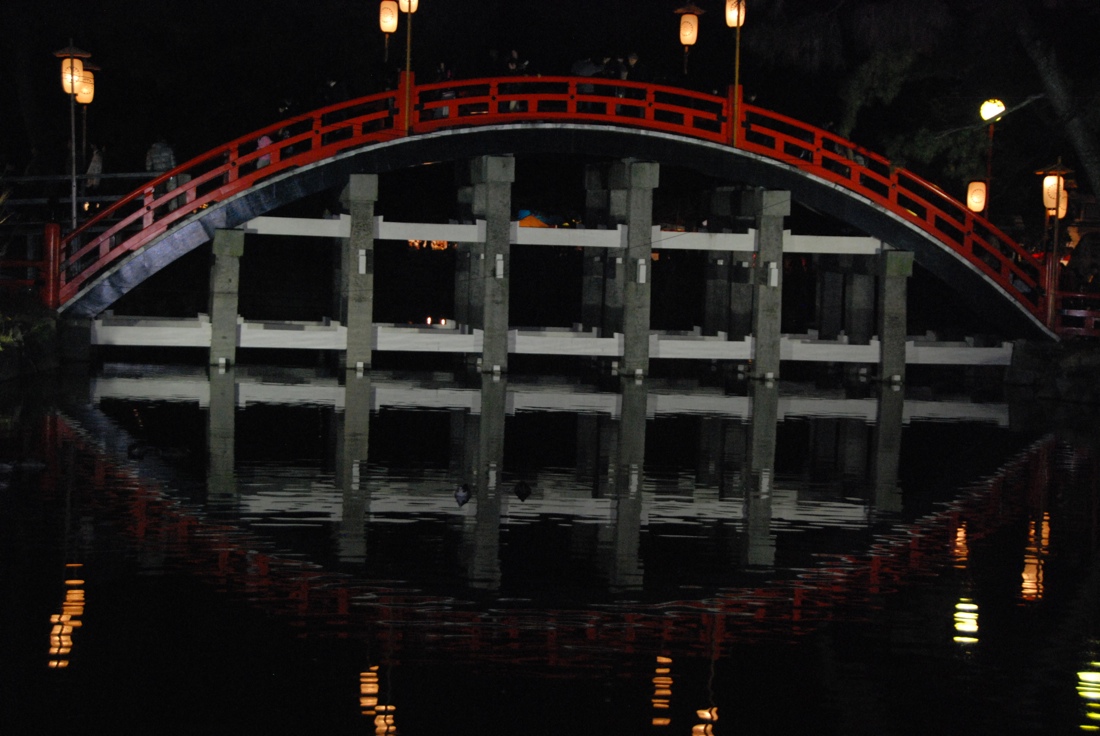
Comments (1)